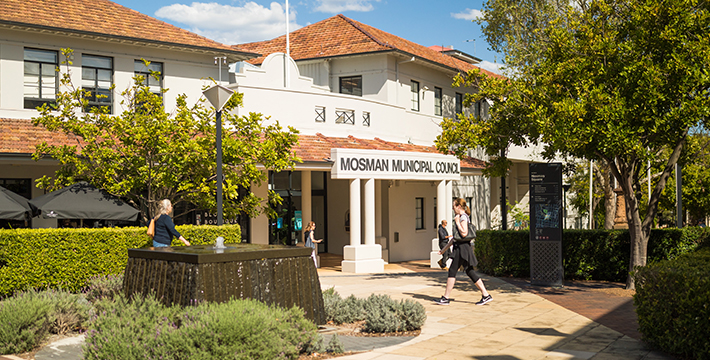Sydney, New South Wales, March 11 2019. On April 1, health insurance premiums will increase by an average of 3.25%. While the average increase is relatively modest, some policies will increase by double the average or more. Additionally, the biggest government reforms to health insurance in over a decade will start to impact Australia’s 13.5 million health insurance consumers.
Consumers can expect all hospital policies to receive a new label or rating. The new labels consist of four core levels—Gold, Silver, Bronze and Basic levels of cover. These labels can also have ‘plus’ levels of cover, for example ‘Silver Plus’. Whilst the implementation of these levels are intended to simplify the health insurance industry, many consumers on the same level of cover are likely to experience different inclusions and exclusions. To make these reforms even more confusing for consumers, these new levels do not apply to extras or ancillary benefits like dental or optical, which are the most frequently used services.
Other key changes that consumers can expect;
Health funds will be allowed to increase the maximum hospital excess fees from $500 to $750 per admission for singles, and $1000 to $1500 for families. This should allow for some new policies with modestly reduced premiums. However, only some funds will be participating, and the reduction in premiums per fund will vary.
Health funds will be allowed to provide discounts for individuals under the age of thirty. Customers who take up these policies will be able to maintain a discount into their forties, but only if they stay on the same policy. Participating funds include, but are not limited to, Bupa, Medibank and nib.
An additional thirty-nine common clinical categories and definitions will be introduced for all services available in hospital cover. There will be multiple new categories compared to the previous ‘Standard Information Statements’, consumers will need to understand this change in order to better understand their policy.
Health funds will no longer be able to offer benefits for some natural therapies, including but not limited to aromatherapy, naturopathy and yoga.
Consumers who haven’t reviewed their health insurance over the past twelve months need to anticipate that they will pay more for the same or lower level of cover.
Common problems that consumers are expected to face include;
Being under-insured.
Receiving poor benefits on important or frequently used services, such as dental or optical.
Confusion over the level of cover, i.e. health funds may provide policies previously labeled ‘Top Cover’ or ‘Gold Cover’, but now may only be rated Silver Plus.
Consumers under 30 will discover that the discounts offered will vary by fund and age.
Each health funds’ product premiums will increase at a different rate, therefore some consumers may face increases much larger than the average.
A reduction in the government rebate due to the increase being above inflation. This will affect 90% of consumers who are eligible for the rebate.
Consumers who review their health cover by comparing their current cover with those on offer, have potential to both reduce their premiums and secure products that pay higher benefits on the services they use regularly.
Health Insurance Comparison Pty Ltd is one of Australia’s largest specialist health insurance advisory services. It works with Australia’s larger and smaller health funds including but not limited to Bupa, HCF, nib and ahm. Health Insurance Comparison provides thousands of health cover options across all states and membership types. With over two-hundred expert staff in both Sydney and Melbourne, Health insurance Comparison helps thousands of Australians with private health insurance acquire the best cover suited to their specific needs each week.








